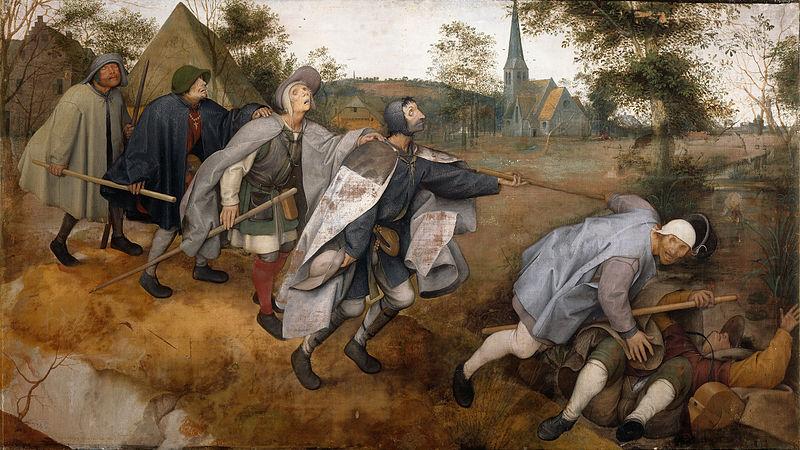From dawn to dusk, crabbers harvest the bounty of our Bay. It’s hard work, and we thank them for it! “Smith Island Crabber” by Lenny Burton
Chesapeake Lens: Smith Island Crabber by Lenny Burton
The Spy Newspapers may periodically employ the assistance of artificial intelligence (AI) to enhance the clarity and accuracy of our content.













